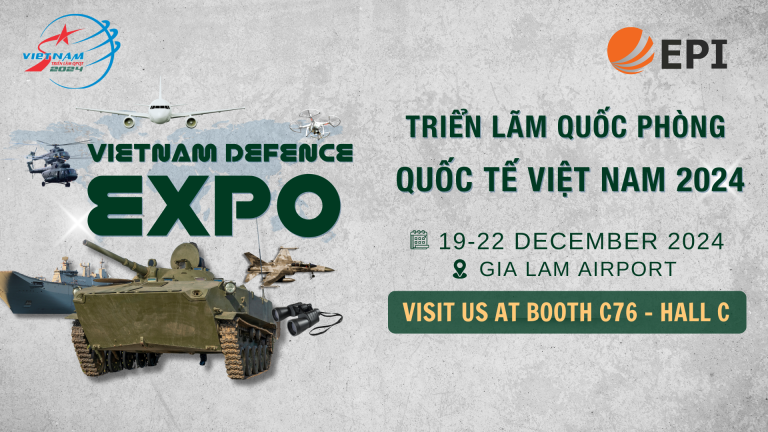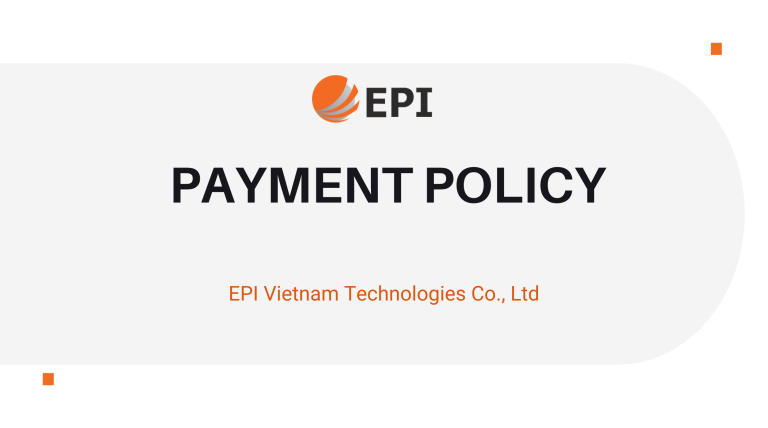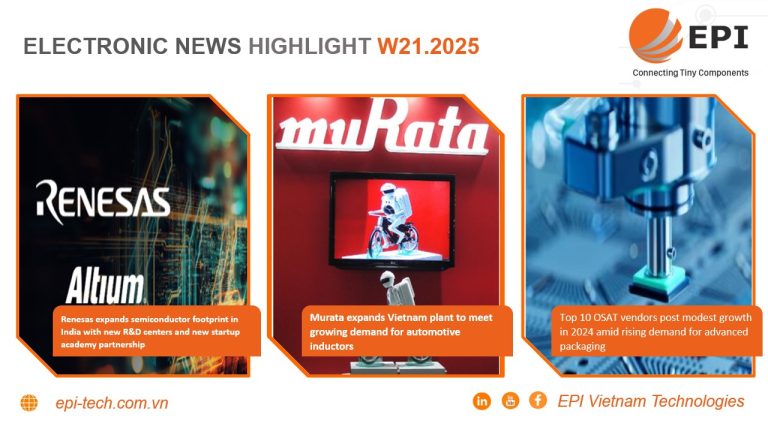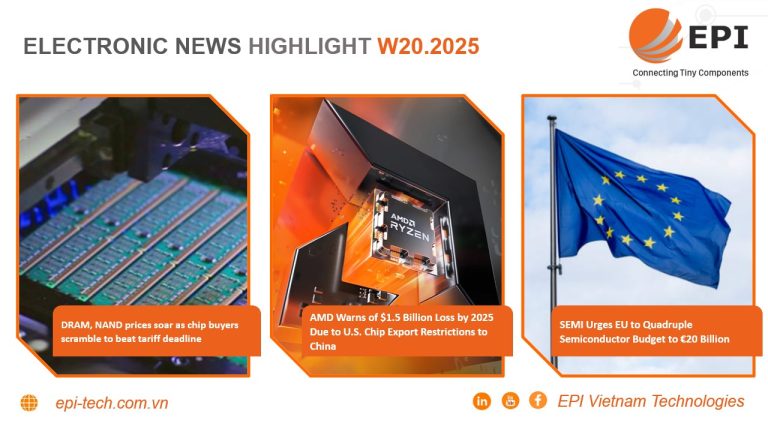ELECTRONIC NEWS HIGHLIGHT W44.2025
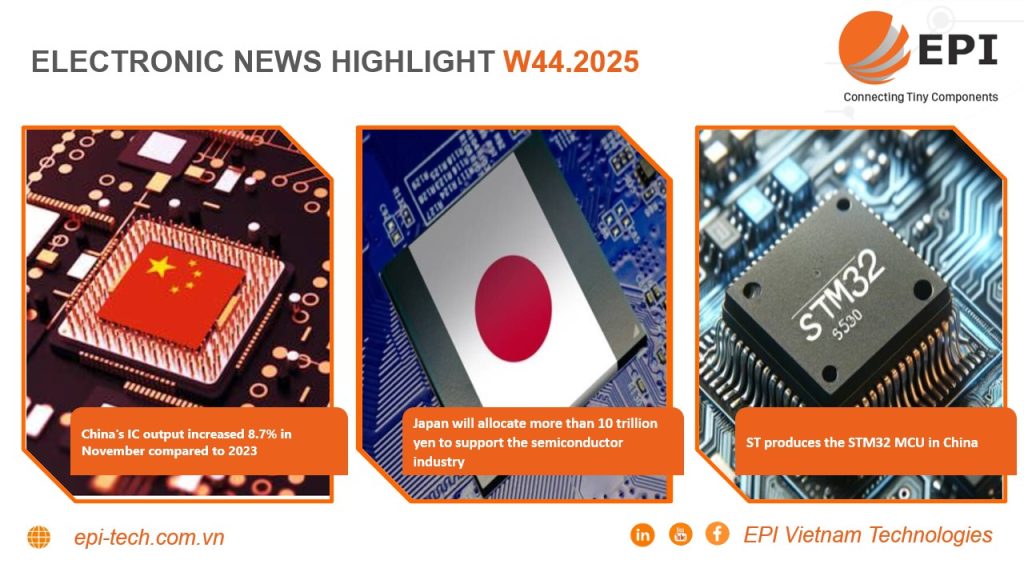
1. China’s IC output increased 8.7% in November compared to 2023
China’s integrated circuit (IC) output increased 8.7% year-on-year in November to 37.6 billion units, the slower growth rate reflecting increasingly fierce technological competition between the United States and China and tighter chip export restrictions.
According to data from China’s National Bureau of Statistics, for the first time in 2023, IC production growth dropped to single digits. Total IC output in the first 11 months of 2024 reached 395.3 billion units, up 23.1% over the same period in 2023. China’s total industrial output increased by 5.4%.
The semiconductor industry remains the main battleground in the technology competition between the US and China. In December 2024, the US imposed stricter export controls on China, adding 24 types of chip manufacturing equipment and three types of critical software to US restrictions. Despite the constraints, China’s IC production is still driven by strong demand in high-growth sectors such as industrial robotics and electric vehicles (EV). Data shows that in November 2024, China’s industrial robot output increased by 29.3% year-on-year, while EV output increased by 51.1%.
Customs data from China shows that, in the first 11 months of 2023, 271.6 billion IC units were exported, an increase of 11.4% over the same period last year, with an export value of nearly 145 billion dollars, an increase of 20.3 %. The total amount of IC imports in the same period is 501.47 billion units, an increase of 14.8% compared to 2023.
Learn more: China’s IC output increased 8.7% in November compared to 2023
2. Japan will allocate more than 10 trillion yen to support the semiconductor industry
Japanese Prime Minister Ishiba Shigeru has stated the economic importance of the semiconductor industry and emphasized Japan’s “core role” in the global semiconductor supply chain. He used the example of TSMC’s chip factory in Kumamoto, to illustrate how large-scale projects attract local small businesses and stimulate regional and national economic recovery. .
The prime minister also revealed the government’s plan to allocate more than 10 trillion yen (about $65 billion) by 2030 to support the semiconductor and AI industries. The goal is to attract more than 50 trillion yen in total public and private sector investment over the next decade.
Former ruling party Akira Amari, who leads Japan’s semiconductor strategy, claims that turning Rapidus into a chipmaker equivalent to TSMC will minimize risks to the global supply chain, aiming to start produce advanced semiconductors on a large scale by 2027. Currently, Rapidus is receiving investment support from the Government and Japanese companies such as Toyota, Sony, SoftBank, etc. with a total investment capital of up to to over 920 billion yen.
According to SEMI forecasts, Japan’s investment in semiconductor equipment is expected to reach $18.6 billion in 2028, three times the amount in 2024, with the majority of this investment coming from TSMC and Rapidus.
Learn more: Japan will allocate more than 10 trillion yen to support the semiconductor industry
3. ST produces the STM32 MCU in China
STMicroelectronics has announced plans to produce the popular STM32 MCU microcontroller units in China, establishing a fully localized production chain to meet growing demand from both domestic and foreign customers.
“To achieve the goal of fully localizing the STM32 supply chain, we are establishing an end-to-end production chain in China for specific STM32 products. This will help our customers in China improve operational efficiency, while providing seamless supply chain support to global OEMs operating in China.”
According to Julienne, ST has chosen Huahong Grace Semiconductor as its wafer foundry partner. A dedicated production line will be set up at Huahong’s Wuxi facility, using equipment identical to that at ST’s wafer fabs to ensure consistent product quality. Additionally, final assembly and testing processes will take place at ST’s STS facility in Shenzhen and in cooperation with local outsourced assembly and testing (OSAT) partners.
Learn more: ST produces the STM32 MCU in China



 English
English  Tiếng Việt
Tiếng Việt 




